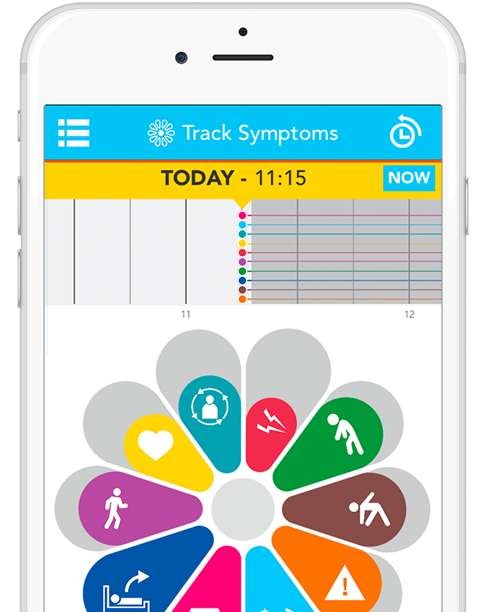
The weather’s to blame for your aches and pains – or is it?
How an app is helping new research aimed at confirming or dispelling the age-old belief that back discomfort and osteoarthritis are linked to inclement weather
Question: My aches and pains are related to the weather, aren’t they?
The short answer: maybe.
The facts: people with arthritis or back pain often claim they can predict the weather based on the level of pain they are experiencing. The reasoning goes that changes in the weather, including temperature, humidity, air pressure, wind direction and precipitation, can trigger episodes of pain.
But new research from The George Institute for Global Health in New South Wales, Australia has revealed that the weather plays no part in the symptoms associated with either back pain or osteoarthritis.
“The belief that pain and inclement weather are linked dates back to Roman times. But our research suggests this belief may be based on the fact that people recall events that confirm their pre-existing views,” says Professor Chris Maher of the institute. “Human beings are very susceptible so it’s easy to see why we might only take note of pain on the days when it’s cold and rainy outside, but discount the days when they have symptoms but the weather is mild and sunny.”

Scientists can’t seem to agree on the link – or its lack – between weather and pain. In an on-going 18-month study by researchers at the University of Manchester, preliminary findings indicate an association does indeed exist between weather conditions – specifically rain and lack of sunshine – and chronic pain.
The project, titled “Cloudy with a Chance of Pain” (cloudywithachanceofpain.com), uses a special app whereby more than 9,000 UK participants with long-term pain record their daily pain symptoms. The app also independently captures hourly weather conditions using the smartphone GPS and correlates this with the participants’ input.

At the halfway stage of the study, the research team reviewed the interim data and found that as the number of sunny days increased from February to April, the amount of time spent in severe pain decreased. However, the amount of time spent in severe pain increased again in June when the weather was wetter and there were fewer hours of sunshine.
Researchers at The George Institute in Australia, however, say their new study reinforces earlier research on back pain and inclement weather from The George Institute which received widespread criticism from the public on social media.

Associate Professor Manuela Ferreira, who led the osteoarthritis research at institute, says: “People who suffer from either of these conditions should not focus on the weather as it does not have an important influence on your symptoms and it is outside your control… What’s more important is to focus on things you can control in regards to managing pain and prevention.”
image
Almost 1,000 people with lower back pain, and about 350 with knee osteoarthritis were recruited for the Australia-based studies. Weather data from the Australian Bureau of Meteorology were sourced for the duration of the study period, during which average daily temperatures ranged from 5.4 degrees Celsius to 32.8 degrees.
Researchers compared the weather at the time patients first noticed pain with weather conditions one week and one month before the onset of pain as a control measure. Results showed no association between back pain and temperature, humidity, air pressure, wind direction or precipitation.
However, higher temperatures did slightly increase the chances of lower back pain, but the amount of the increase was not clinically important.

